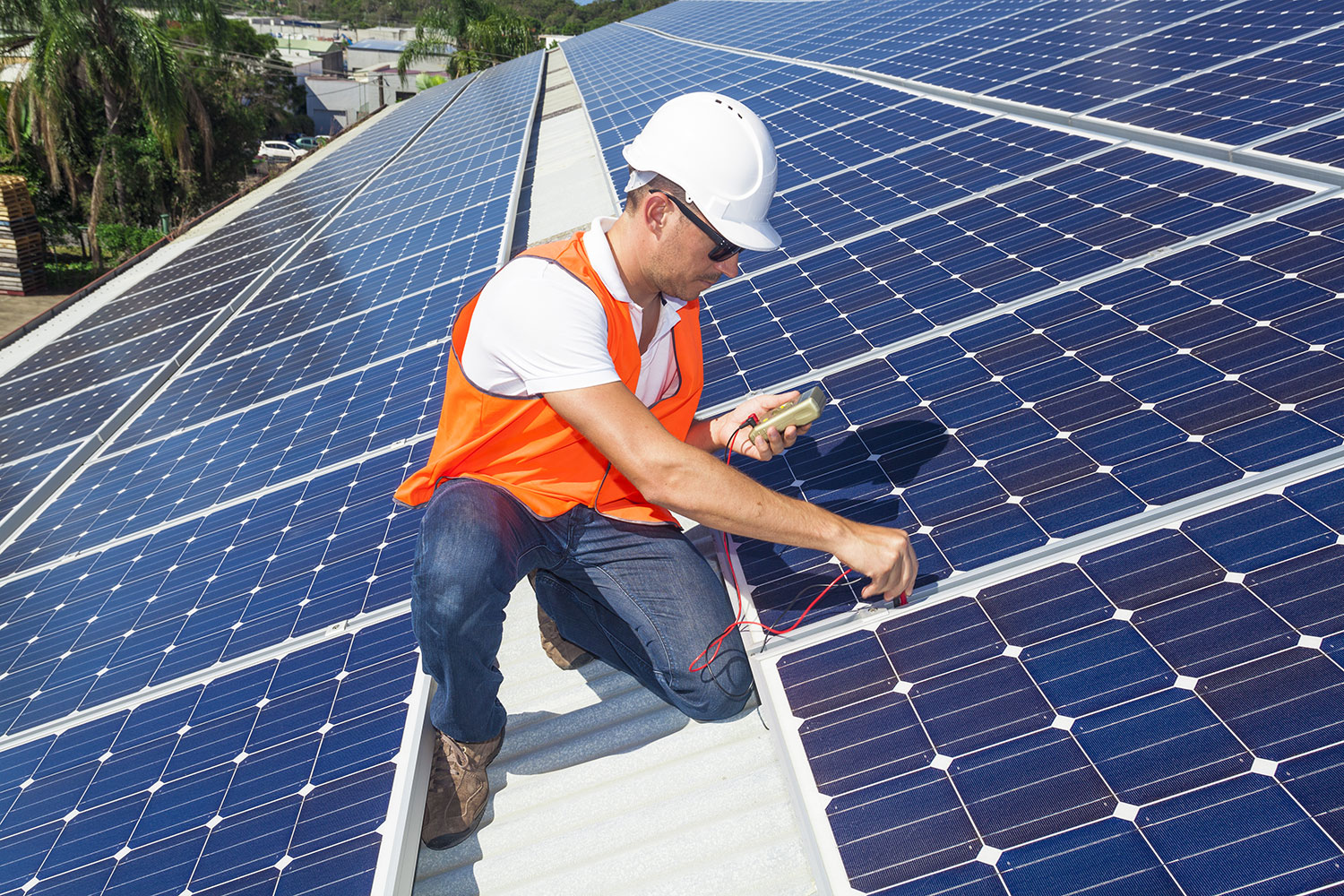If you build it (solar), they will come (bees!)
It’s World Environment Day, everybody, and we have a special mind bender for you: By building a solar power plant in farmland— yes covering some of the farmland with solar panels, you can actually INCREASE the total crop yield of the farm!
“Wait!”, you say. “The solar panels cover the land, so that takes away land from crop growth, so solar is actually a dumb thing for farmers to install…. isn’t it?!”
Nope.
Making ground-mounted solar installations ‘pollinator-friendly’ by planting deep-rooted low-growing shade-tolerant meadows of prairie vegetation in, around and under the solar panels provides habitat for wild insect pollinators, and actually boosts the overall crop yields of the entire farm. This is actually a very sustainable action that can be taken.
There is now over 10 years of peer-reviewed research that shows that introducing prairie plants near crops increases the abundance of native pollinators and actually boosts the yields of crop output. For example, last fall, a team of graduate students at the Yale School of Forestry & Environmental Studies at the University of Minnesota conducted a cost-benefit analysis of solar development on farmland in Minnesota. They found that ‘pollinator-friendly’ solar projects that plant deep-rooted grasses and wildflowers throughout the solar array site can result in a net gain in food production — even when accounting for the land taken out of production by the solar project.
This ‘pollinator-friendly’ science is not just theory— it’s being adopted by governments and utilities. In 2016, Minnesota became the first state to establish a standard for pollinator-friendly solar development, and many other states have since implemented their own standards. In fact, Xcel Energy, a utility holding company in eight states, has announced that it will require the use of Minnesota’s pollinator-friendly solar standard in all future solar proposals.
Installed solar capacity in Minnesota crossed the 1-gigawatt threshold last fall (that’s a thousand million watts), and is set to grow sixfold by 2030 to meet the state’s 10 percent solar energy goal. This clever use of the land below the solar panels provides multiple environmental and agricultural benefits in addition to convincing farmers and governments to continue increasing carbon-free energy generation by installing solar.
For states like Minnesota, where farming is widespread and vital to the economy, and where the solar industry is expanding, this kind of compatibility between agriculture and solar energy production is a most welcome development. There are actually a multitude of side benefits from this approach to solar+farming:
- There is a solar output efficiency gain from the cooler micro-climate created by the perennial vegetation
- The vegetation requires less mowing and maintenance than simple grasses, leading to operating cost savings over the life of the solar project
- The deep-rooted plantings under the solar panels build soil health, improve water quality, recharge groundwater, and reduce erosion.

Want to learn more about solar and how you can begin a skilled trades career that supports sustainability? Check out our solar course catalog and solar team training solutions.









